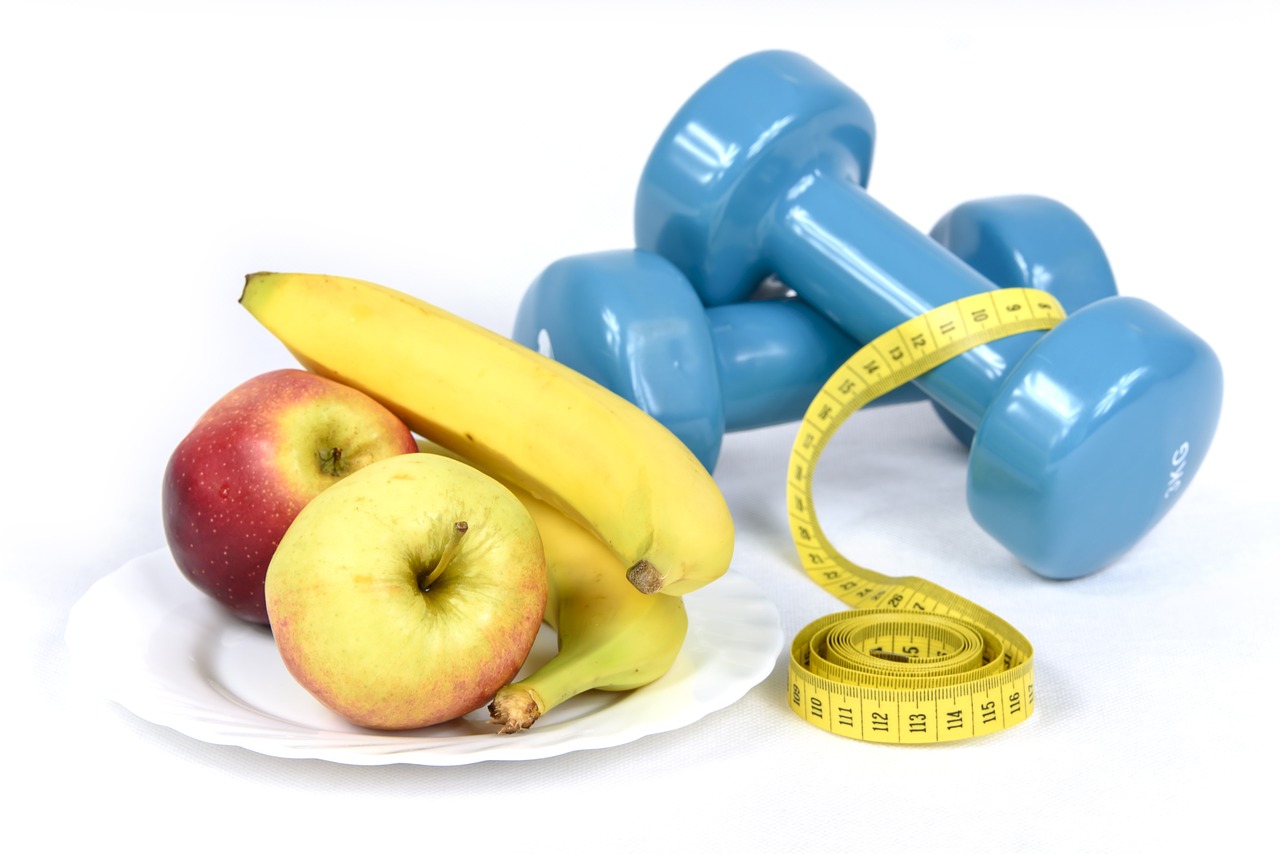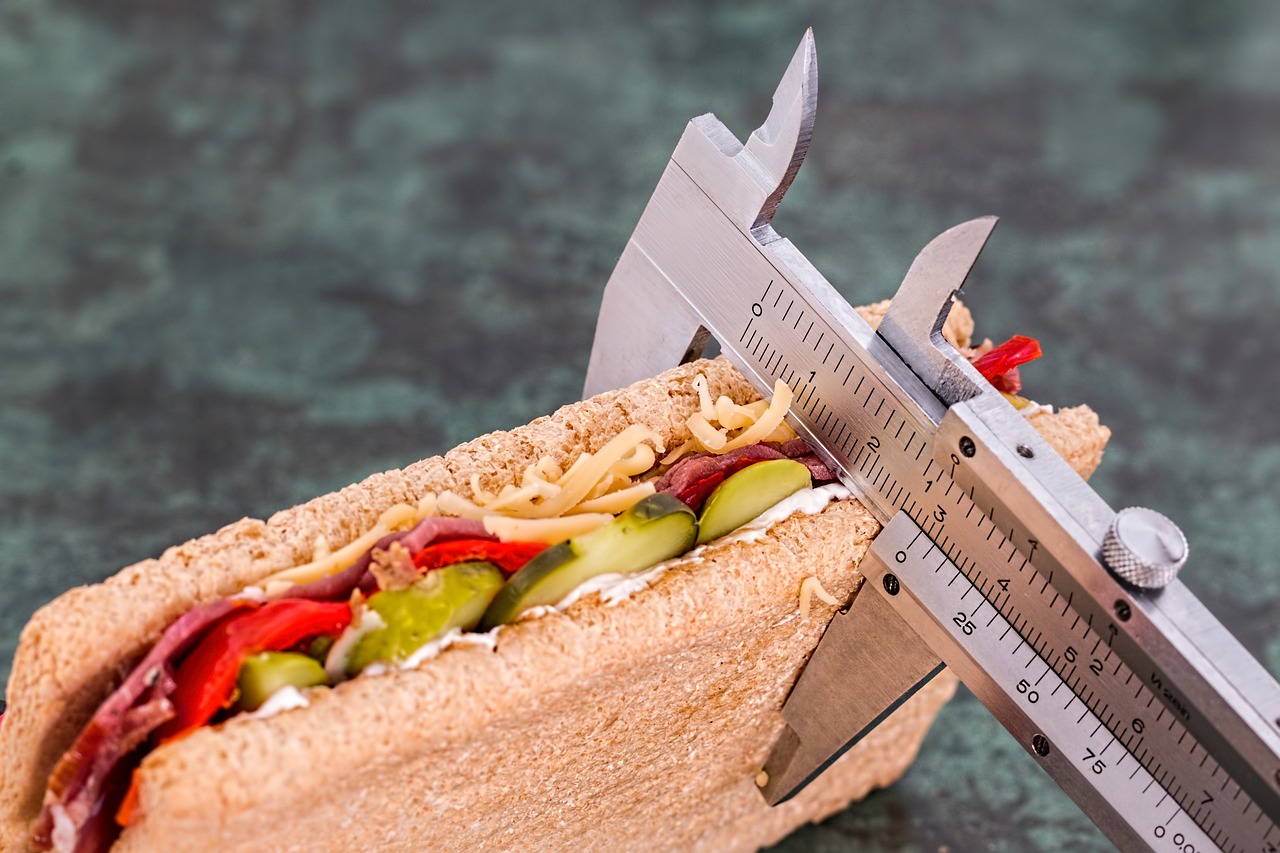Are you looking to shed some extra pounds and lose fat? The key to successful weight loss lies in your calorie intake. Understanding how many calories you should consume to achieve your fat loss goals is crucial. By learning how to strike the right balance between your energy intake and expenditure, you can create a calorie deficit that promotes fat loss. In this article, we will explore the importance of calorie consumption, factors that affect your caloric needs, and how to determine the ideal calorie intake for losing fat. Get ready to embark on a journey towards a healthier and fitter you!

Understanding the Basics of Weight Loss
Defining Calories and Their Role in Weight Loss
When it comes to weight loss, calories play a crucial role. But what exactly are calories? Simply put, calories are a unit of measurement used to quantify the amount of energy supplied by a particular food or drink. This energy is what our bodies use to perform various functions, such as breathing, digestion, and physical activity. When we consume more calories than our bodies need, the excess energy is stored as fat, leading to weight gain. On the other hand, when we consume fewer calories than our bodies require, the stored fat is utilized, resulting in weight loss.
Understanding the Caloric Deficit Concept
The concept of a caloric deficit is fundamental to weight loss. It refers to the state in which you consume fewer calories than your body needs to maintain its current weight. By creating a caloric deficit, your body is forced to tap into its fat stores to make up for the energy shortfall, resulting in weight loss. To achieve a sustainable and healthy rate of weight loss, it is generally recommended to aim for a modest caloric deficit of around 500-1000 calories per day. This gradual approach allows for steady progress and minimizes the risk of negative health consequences associated with excessive caloric restriction.
Factors Affecting the Number of Calories to Eat
The number of calories you should eat to lose fat depends on several factors. These include your age, sex, weight, height, activity level, and overall health. Younger individuals tend to have higher calorie requirements due to their faster metabolisms, while men generally have higher calorie needs than women. Additionally, physical activity level plays a significant role in determining how many calories you should consume. Someone with a sedentary lifestyle will require fewer calories compared to someone who engages in regular exercise. It’s important to consider these factors when determining your personalized calorie intake for weight loss.
Calculating Your Basal Metabolic Rate (BMR)
Defining Basal Metabolic Rate (BMR)
The Basal Metabolic Rate (BMR) is the number of calories your body needs to function at rest, without any physical activity. It represents the minimum amount of energy required for essential bodily functions such as breathing, maintaining body temperature, and supporting organ functions. Determining your BMR is the first step in understanding your calorie needs for weight loss.
Factors Influencing BMR
Several factors influence your BMR. The two primary determinants are lean body mass (muscle mass) and fat mass. Muscle is metabolically active tissue, meaning it requires more energy to maintain compared to fat. Consequently, individuals with higher muscle mass tend to have higher BMRs. Age also plays a role, as BMR tends to decrease with age due to a natural decline in muscle mass. Other factors affecting BMR include genetics, hormonal factors, and certain medical conditions.
Using the Harris-Benedict Equation to Determine BMR
One way to estimate your BMR is by using the Harris-Benedict equation. This equation takes into account your age, sex, weight, and height to provide an estimate of your BMR. Once you have calculated your BMR, you can then adjust it based on your activity level to determine your Total Daily Energy Expenditure (TDEE), which represents the total number of calories your body needs in a day.
Determining Your Total Daily Energy Expenditure (TDEE)
Understanding Total Daily Energy Expenditure (TDEE)
Total Daily Energy Expenditure (TDEE) refers to the total number of calories your body needs to maintain its current weight while accounting for your activity level. It takes into consideration both your basal metabolic rate (BMR) and the calories burned through physical activity. By determining your TDEE, you can establish the number of calories you need to consume to maintain your weight. To create a caloric deficit for weight loss, you would then consume fewer calories than your TDEE.
Activity Level Multipliers
To estimate your TDEE accurately, you need to consider your activity level. Different activity levels require varying amounts of energy. Generally, activity levels can be categorized as sedentary, lightly active, moderately active, very active, or extremely active. Multiply your BMR by the appropriate activity level multiplier to arrive at an estimate of your TDEE. For example, if you have a sedentary lifestyle (little to no exercise), you would multiply your BMR by 1.2.
Calculating TDEE Using BMR and Activity Level
To calculate your TDEE accurately, multiply your BMR by the appropriate activity level multiplier. For example, if your BMR is 1500 calories and you have a moderately active lifestyle (exercise 3-4 times per week), you would multiply 1500 by 1.55. This would give you an estimated TDEE of 2325 calories. Remember, this is the amount of calories you need to consume to maintain your current weight. To create a caloric deficit for weight loss, you would consume fewer calories than your TDEE.
Creating a Caloric Deficit for Fat Loss
Understanding the Caloric Deficit
Creating a caloric deficit is the foundation of any successful weight loss journey. As mentioned earlier, a caloric deficit occurs when you consume fewer calories than your body needs to maintain its current weight. By doing so, your body is forced to tap into its fat stores to obtain the energy it requires, leading to fat loss. To achieve a sustainable and healthy rate of weight loss, it is generally recommended to aim for a caloric deficit of around 500-1000 calories per day. This equates to a weekly weight loss of 1-2 pounds, which is considered safe and achievable.
Safe and Effective Rate of Fat Loss
While it may be tempting to go for drastic caloric deficits in the hopes of achieving rapid weight loss, it’s important to prioritize safety and long-term success. A safe and effective rate of fat loss is typically around 1-2 pounds per week. Anything beyond this may lead to muscle loss, nutrient deficiencies, a slowed metabolism, and an increased risk of weight regain. By aiming for a moderate caloric deficit, you can ensure that you are losing predominantly fat while preserving lean muscle mass.
How Many Calories Are in One Pound of Fat
To understand the caloric deficit required for fat loss, it’s helpful to know the energy content of fat. One pound of body fat is estimated to contain approximately 3500 calories. This means that in order to lose one pound of fat, you need to create a caloric deficit of 3500 calories. By spreading this deficit over a week, you would need to accumulate a deficit of roughly 500 calories per day to achieve a weekly weight loss of one pound.

Effects of Different Caloric Deficits
Small Caloric Deficit vs. Large Caloric Deficit
When it comes to choosing the size of your caloric deficit, it’s important to find a balance. A small caloric deficit, such as 250-500 calories per day, tends to be more sustainable and conducive to long-term success. It allows for gradual weight loss and helps minimize the risk of muscle loss and metabolic adaptation. On the other hand, a large caloric deficit, exceeding 1000 calories per day, may lead to rapid weight loss initially but can be challenging to adhere to in the long run. It can also increase the likelihood of muscle loss, nutrient deficiencies, and metabolic slowdown.
Pros and Cons of Different Caloric Deficits
Small caloric deficits offer the advantage of steady and sustainable weight loss. They allow your body to adapt to the changes gradually and minimize the risk of negative health consequences. Additionally, smaller deficits are generally easier to achieve and maintain, making them more realistic for long-term success. On the other hand, large caloric deficits may lead to faster initial weight loss, which can provide a motivation boost. However, they can be harder to sustain and may increase the risk of muscle loss, fatigue, and nutrient deficiencies. It’s essential to find a caloric deficit that suits your individual needs, goals, and lifestyle.
Considerations for Optimal Fat Loss
Balancing Caloric Intake with Nutritional Needs
While creating a caloric deficit is key for fat loss, it’s equally important to ensure that your diet meets your nutritional needs. Losing weight shouldn’t mean sacrificing essential nutrients. Focus on consuming a variety of nutrient-dense foods, including lean proteins, whole grains, fruits, vegetables, and healthy fats. These foods provide the necessary vitamins, minerals, and antioxidants to support overall health and well-being.
Importance of Macronutrient Distribution
In addition to considering caloric intake, paying attention to macronutrient distribution can optimize fat loss. Aim to include a balance of carbohydrates, proteins, and fats in your diet. Proteins are essential for muscle preservation, carbohydrates provide energy for exercise and daily activities, and healthy fats support various bodily functions. While individual macronutrient needs may vary, a general guideline for fat loss is to aim for approximately 40% of calories from carbohydrates, 30% from protein, and 30% from fats.
Maintaining Muscle Mass during Fat Loss
One common concern during weight loss is the loss of muscle mass. To minimize muscle loss, it’s important to include regular resistance training in your exercise routine. Resistance training helps preserve and build muscle while promoting fat loss. It also improves overall body composition, giving you a leaner and more toned appearance. Additionally, consuming an adequate amount of protein can further support muscle preservation during fat loss.

How to Track and Monitor Caloric Intake
Using Food Labels and Databases
Tracking and monitoring your caloric intake can be an effective tool for staying on track with your weight loss goals. Start by reading food labels to determine the calorie content of packaged goods. These labels provide valuable information about serving sizes, calories, macronutrient breakdowns, and more. Additionally, there are several online databases and smartphone apps that provide extensive food libraries and allow you to track your daily calorie intake easily.
Benefits of Food Tracking Apps
Food tracking apps can be incredibly beneficial when it comes to monitoring your caloric intake. These apps often have extensive food databases, making it easier to log your meals accurately. They also provide features that allow you to set goals, track your progress, and even receive personalized recommendations based on your data. By consistently tracking your food intake, you gain valuable insights into your eating patterns and can make necessary adjustments to stay within your caloric goals.
Common Mistakes to Avoid
While tracking your caloric intake can be helpful, it’s important to avoid common mistakes that can lead to inaccuracies. One common error is underestimating portion sizes. Be mindful of serving sizes and use measuring tools or food scales when necessary. Another mistake is forgetting to include cooking oils, dressings, or other added fats in your calculations. These additions can significantly contribute to your overall calorie intake. Lastly, remember to track everything you consume, including beverages, condiments, and snacks, as these can often go unnoticed but still contribute to your caloric intake.
Adjusting Caloric Intake for Plateaus and Progress
Understanding Plateaus in Fat Loss
Experiencing plateaus during your weight loss journey is normal and can be frustrating. Plateaus occur when your body adapts to the caloric deficit and reaches a point where it becomes more efficient at conserving energy. As a result, the rate of weight loss slows down or comes to a temporary halt. It’s important to understand that plateaus are a natural part of the process and can be overcome.
Strategies for Breaking Plateaus
To break through a weight loss plateau, consider implementing certain strategies. One approach is to reassess your caloric intake and reduce it further. However, be cautious not to dip below an unhealthy level of caloric intake. Another strategy is to increase your physical activity level or intensity. This can help boost your metabolism and create a greater calorie deficit. Additionally, incorporating variety into your workouts and trying new exercises can help challenge your body and stimulate further progress.
Monitoring and Adjusting Caloric Intake
In addition to breaking plateaus, it’s important to regularly monitor and adjust your caloric intake throughout your weight loss journey. As you lose weight, your BMR and TDEE may decrease. Therefore, it’s necessary to recalculate your calorie needs periodically to ensure that you are still in a caloric deficit. Aim to reassess your intake every 4-6 weeks or if you experience a significant change in weight, activity level, or body composition. By staying proactive and making necessary adjustments, you can continue making progress towards your weight loss goals.
Seeking Professional Guidance
Benefits of Consulting a Registered Dietitian
While understanding the basics of weight loss is instrumental in your journey, seeking guidance from a registered dietitian can provide invaluable support. Registered dietitians are experts in nutrition and can provide personalized advice tailored to your specific needs, goals, and health conditions. They can help you navigate through the complexities of calorie counting, macronutrient distribution, and nutrient timing. Working with a registered dietitian can enhance your overall understanding of nutrition, optimize your weight loss efforts, and ensure long-term success.
Working with a Certified Nutritionist
In addition to registered dietitians, certified nutritionists can also provide valuable guidance on your weight loss journey. Certified nutritionists have received specialized education and training in the field of nutrition and can offer evidenced-based strategies to support your fat loss goals. They can help you develop personalized meal plans, address specific dietary concerns, and provide ongoing support and accountability. Collaborating with a certified nutritionist can further enhance your understanding of nutrition and empower you to make informed choices for optimal fat loss.
Conclusion
Now that you have a comprehensive understanding of the basics of weight loss, it’s time to apply this knowledge to your own journey. Remember, weight loss is a gradual process that requires a sustainable and balanced approach. By creating a caloric deficit, understanding your BMR and TDEE, and prioritizing nutrition and exercise, you can achieve your weight loss goals in a safe and effective manner. Don’t hesitate to seek professional guidance if needed, as registered dietitians and certified nutritionists can provide specialized support. With dedication and perseverance, you have the power to transform your body and embrace a healthier lifestyle.



